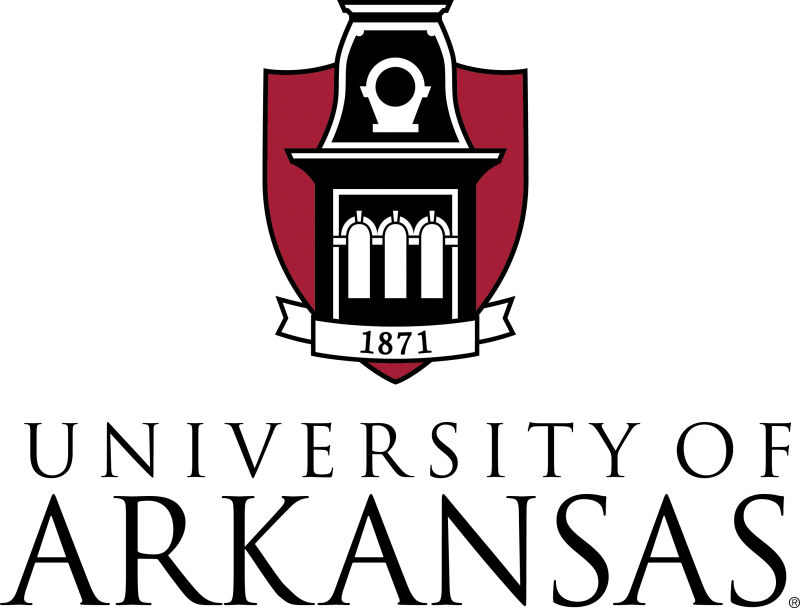Awards
FRANCES GRIFFITH, civil engineering research associate, was named a fellow of the American Concrete Institute.
MICAH HALE, professor of civil engineering, was named a fellow of the American Concrete Institute.
AJAY MALSHE, Distinguished Professor of mechanical engineering and holder of the Twenty-First Century Endowed Chair in Materials, Manufacturing and Integrated Systems, was named a fellow of the International Academy of Production Engineering.
KIM NEEDY, dean of the Graduate School and International Education, industrial engineering professor and holder of the Twenty-First Century Professorship in Engineering, has been named a fellow of the American Society for Engineering Education.
DARIN NUTTER, professor of mechanical engineering, received the Industrial Assessment Center Distinguished Alumni award from the U.S. Department of Energy.
SCOTT OSBORN, associate professor of biological engineering, was awarded the 2013 Presidential Citation for Merit by the American Society of Agricultural and Biological Engineers.
ED POHL, professor of industrial engineering and holder of the John L. Imhoff Endowed Chair in Industrial Engineering, was named an IIE fellow by the Institute of Industrial Engineers.
KEITH ROPER, associate professor of chemical engineering and holder of the Charles W. Oxford Endowed Professorship in Emerging Technologies, was named a fellow of the American Institute for Medical and Biological Engineering.
JOHN WHITE, chancellor emeritus and Distinguished Professor of industrial engineering, received the National Engineering Economy Teaching Excellence Award from the American Society for Engineering Education.
WHITE also was the recipient of the Wellington Award from the Engineering Economy Division of Institute of Industrial Engineers.
MIN ZOU, professor of mechanical engineering and holder of the Twenty-First Century Professorship in Mechanical Engineering, was named a fellow by the Society of Tribologists and Lubrication Engineers.
Research
Researchers in the College of Engineering have been busy looking for ways to improve our lives and make our planet a healthier, safer place to live. Here are some of the projects they are working on.
Researchers in the lab of ALAN MANTOOTH, Distinguished Professor and holder of the Twenty-First Century Chair in Mixed-Signal Integrated Circuit Design and CAD, have designed integrated circuits that can survive at temperatures greater than 350 degrees Celsius – or roughly 660 degrees Fahrenheit. Their work, funded by the National Science Foundation, will improve the functioning of processors, drivers, controllers and other analog and digital circuits used in power electronics, automobiles and aerospace equipment – all of which must perform at high and often extreme temperatures.
JEFFREY WOLCHOK, assistant professor of biomedical engineering, has received a three-year, $437,248 grant from the National Institutes of Health to design and test a biomaterial that can regenerate damaged skeletal muscle.
MATT PATITZ, assistant professor of computer science, will receive a nearly $440,000 grant from the National Science Foundation to further his research in the development of theoretical and computational models of self-assembling systems.
MAGDA EL-SHENAWEE, professor of electrical engineering received a three-year, $388,913 grant from the National Science Foundation to further her work on an alternative, noninvasive method of detecting breast cancer in excised tumors in real time.
DAVID ZAHAROFF, holder of the Twenty-First Century Endowed Professorship in Biomedical Engineering has received two grants totaling almost $2 million from the National Cancer Institute at the National Institute of Health to develop new molecules and biopharmaceuticals that enhance a patient’s immune response against tumors.
TIM MULDOON, assistant professor of biomedical engineering, has developed an inexpensive, endoscopic microscope, which will help clinicians detect and diagnose early-stage disease, primarily cancer.
A research team, led by OMAR MANASREH, professor of electrical engineering, has achieved the highest efficiency ever in a 9 millimeter-squared solar cell made of gallium arsenide. The team published its findings in Applied Physics Letters and the April 2014 issue of Solar Energy Materials and Solar Cells.
VIJAY VARADAN, Distinguished Professor and Twenty-First Century Endowed Graduate Research Chair in Nano, Bio and Medical Technology has developed a wireless health-monitoring system. The system includes a dry, textile-based nanosensor and accompanying network that detects early signs of traumatic brain injury by continuously monitoring various brain and neural functions.
BLUEINGREEN LLC, a water-quality management firm affiliated with the University of Arkansas, has reached agreements with water providers in three states to help them more effectively and efficiently produce clean drinking water. BlueInGreen will install its dissolved carbon dioxide solutions system — an invention patented by the University of Arkansas System’s statewide Division of Agriculture and exclusively licensed to BlueInGreen — at water treatment facilities in Omaha, Nebraska; Bismarck, North Dakota; and in the Antelope Valley, located 60 miles north of Los Angeles.

